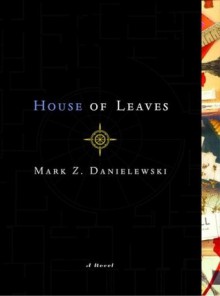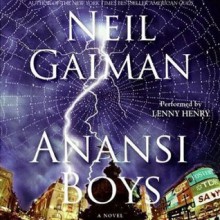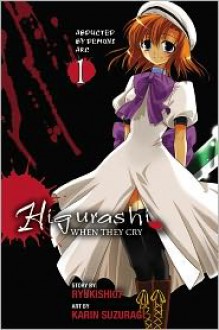
This review assumes you've read the first book, Ao Oni. If you haven't, be aware that I include major spoilers for that book.
Ao Oni: Vengeance takes place only a week after the events of the first book. Shun is the only one who remembers what happened. He has completely stopped going to school, instead choosing to focus on the next version of his game while keeping an eye out for any signs that someone else has been snared by the Jailhouse. He asks Hiroshi to make sure no one else enters the house, but it's already too late: two of their classmates have gone inside and met horrible fates. Takuro, with Takeshi and Mika in tow, goes as well. Hiroshi finds the building's European architecture too interesting to resist (yes, really) and ends up trapped inside the building with all the others.
As in the various versions of the game, the overall setup feels familiar, but there are enough differences to keep it from feeling like a rehash of the first book. Shun and Anna are safe at Shun's home, desperately trying to help the group trapped in the Jailhouse using the knowledge Shun gained from his time there. Meanwhile, the situation in the Jailhouse initially plays out similar to the way it did in the first book, but quickly goes a different route.
Parts of this book were almost more gory than I could take. The very beginning was particularly awful, and I wasn't sure my stomach was going to be up to the task if the whole book turned out to be like that. It seemed like the Oni was more inclined to savor its kills this time around, although thankfully the gory bits weren't all as lovingly detailed as the book's first scene.
It may sound like I hated this, but I actually thought it was better than the first book, even if I wasn't fond of the increase in the level of gore. I had worried that this book would basically be the first book with slightly different deaths. Up to a certain point, I suppose it was: Takeshi was still a scared kid hiding in a closet, Mika was still too desperate to be loved and needed to see Takuro for who he really was, and Takuro still sucked. The overall level of tension was better than in the first book, however, and the parts of the house and story that no longer matched up with the first book's Jailhouse had me on the edge of my seat, wondering whether any of the characters would manage to make it out this time around.
I found that I liked Hiroshi a little more this time around. The bits from his POV helped, as did the fact that, this time around, he didn't spend a good chunk of the story staring at a fellow classmate's severed head like it was no big deal. I wasn't as thrilled about Kuroda's attempts to humanize Takuro, however. I don't care what Takuro's father was like, or what Takuro told himself about how he needed to approach life, or how he felt after he realized he'd betrayed maybe the only person in the world who actually cared about him. The fact of the matter was that he bullied a classmate to the point where the kid committed suicide and then, instead of feeling any sort of guilt or horror, proceeded to bully another classmate the same way. Takuro's sudden change of heart and ability to empathize with his victims was unconvincing.
The
"time travel + reality manipulation + ghostly vengeance"
explanation for the series' events was weird and messy, and I still don't understand why Shun, who knew his game was connected to the horrors at the Jailhouse and possibly even causing it all, created an updated version of his game. Hiroshi would have had a much easier time if Shun hadn't gone and changed things around. Even so, I enjoyed this entry in the series and plan on reading the next book. From the sounds of things, Takeshi might be its focus. Here's hoping at least one of the remaining books features Mika successfully cutting herself free from the emotional hold that Takuro has over her.
Extras:
An afterword written by the author, a character guide, textless color illustrations, one scene from the book included at the very beginning in manga form, and several illustrations throughout.
(Original review posted on A Library Girl's Familiar Diversions.)

 Log in with Facebook
Log in with Facebook 










